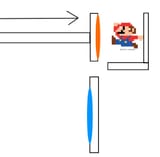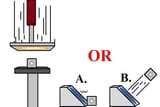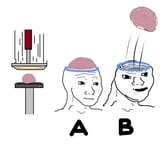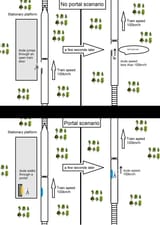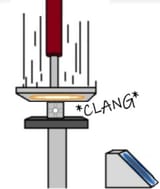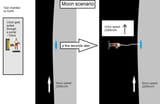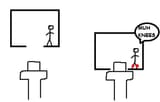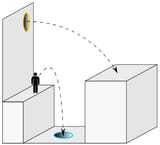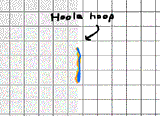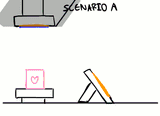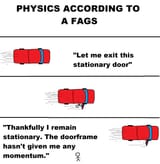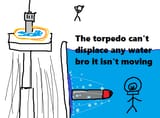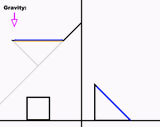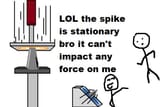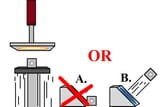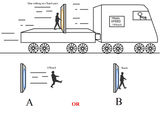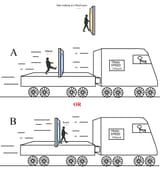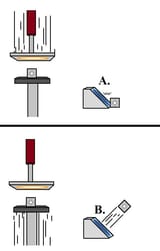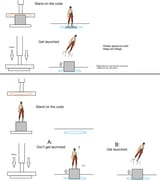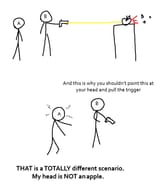>>720717567
>Left Side (Ping Pong Ball held in water by string)
The ping pong ball is less dense than water, so it wants to float.
It is being pulled down by the string to keep it submerged.
Forces acting:
Upthrust (buoyant force) acts upward on the ball.
Tension in the string holds it down.
The beaker of water itself feels a downward reaction force equal to the buoyant force (because the water is what pushes the ball up).
Importantly: The scale measures the weight of the beaker + water + reaction force from the ball.
Net effect: The apparent weight on the left side is increased by the buoyant force on the ping pong ball.
>Right Side (Steel Ball suspended in water by external support)
The steel ball is denser than water, so it wants to sink.
It is suspended by a string attached to an external support (not the beaker).
Forces acting:
The ball experiences an upward buoyant force from the water.
By Newton’s third law, the water experiences a downward reaction force equal to this buoyant force.
That downward force is transmitted to the beaker of water, increasing its apparent weight.
Net effect: The apparent weight on the right side is increased by the buoyant force on the steel ball.
Key Comparison
On the left: Extra weight = buoyant force on ping pong ball.
On the right: Extra weight = buoyant force on steel ball.
Since the steel ball displaces more water (large volume submerged), its buoyant force is much larger than that of the ping pong ball.
>Conclusion
The right side (steel ball side) tips down, because the buoyant force on the steel ball adds more apparent weight to that beaker than the buoyant force on the ping pong ball does on the left.


